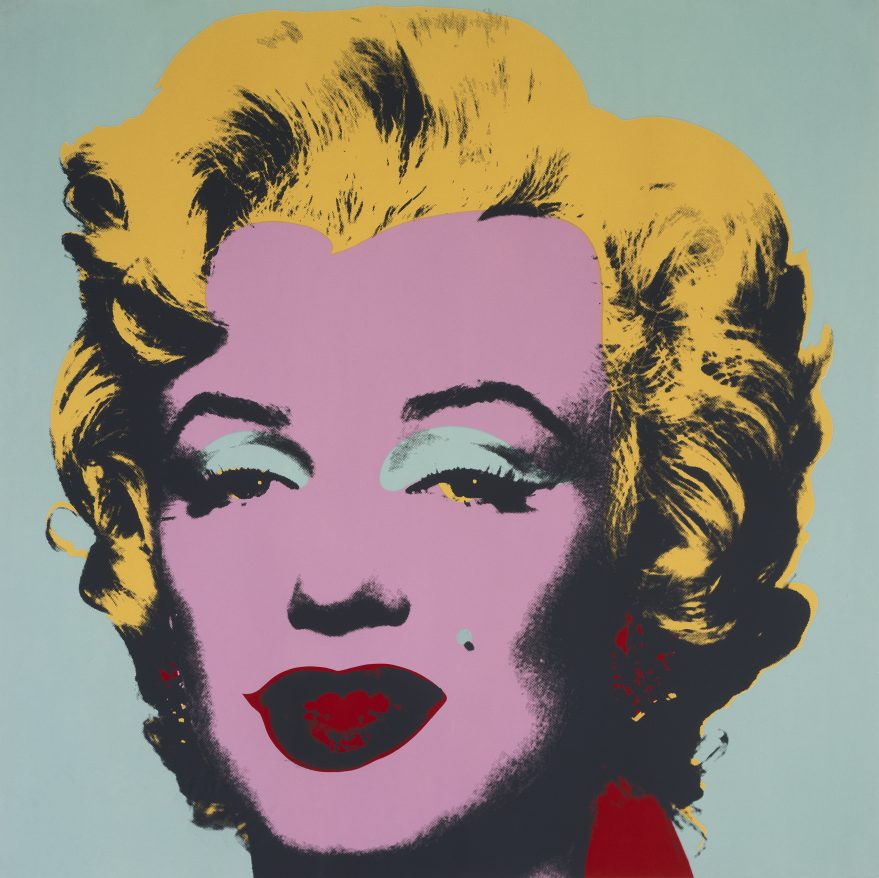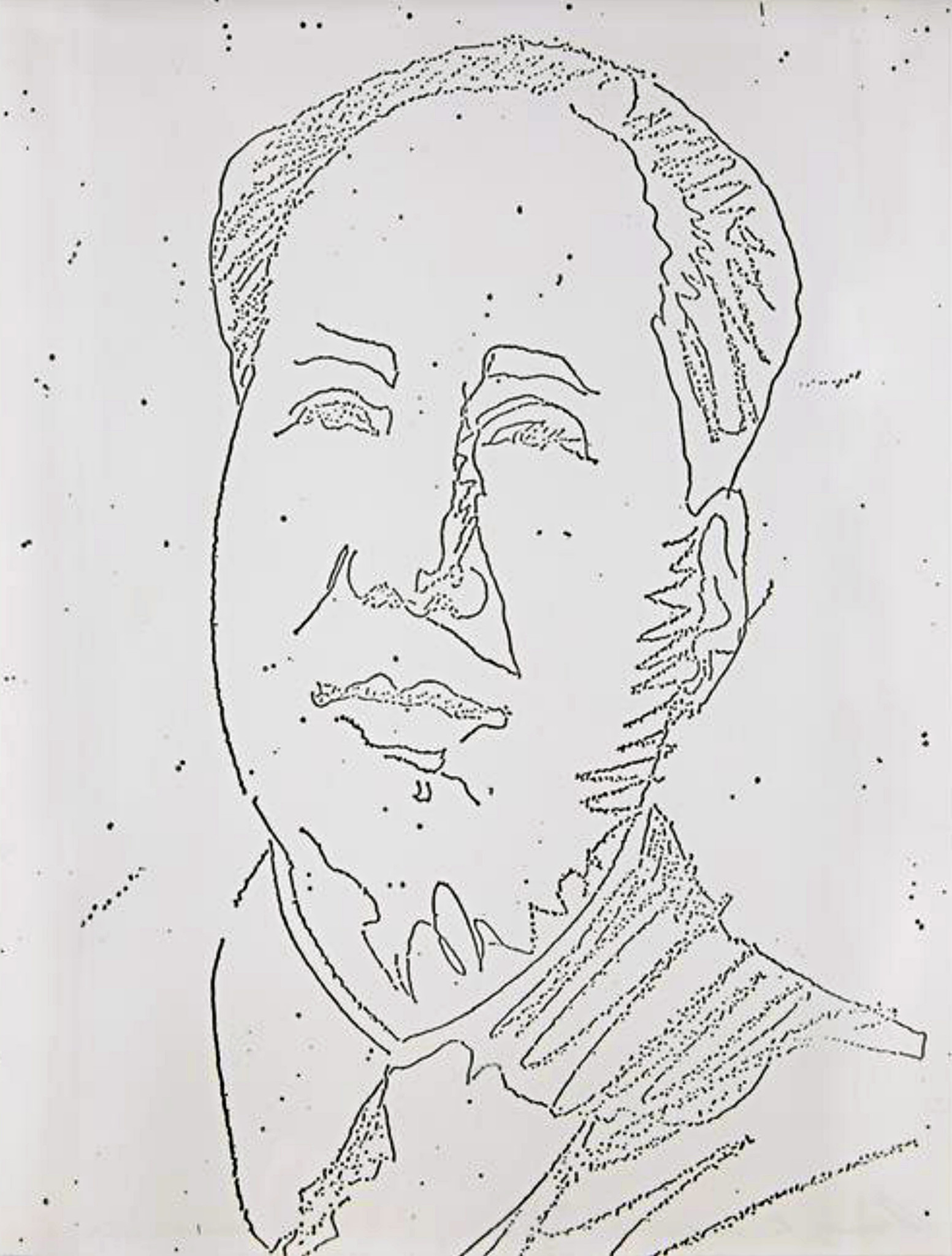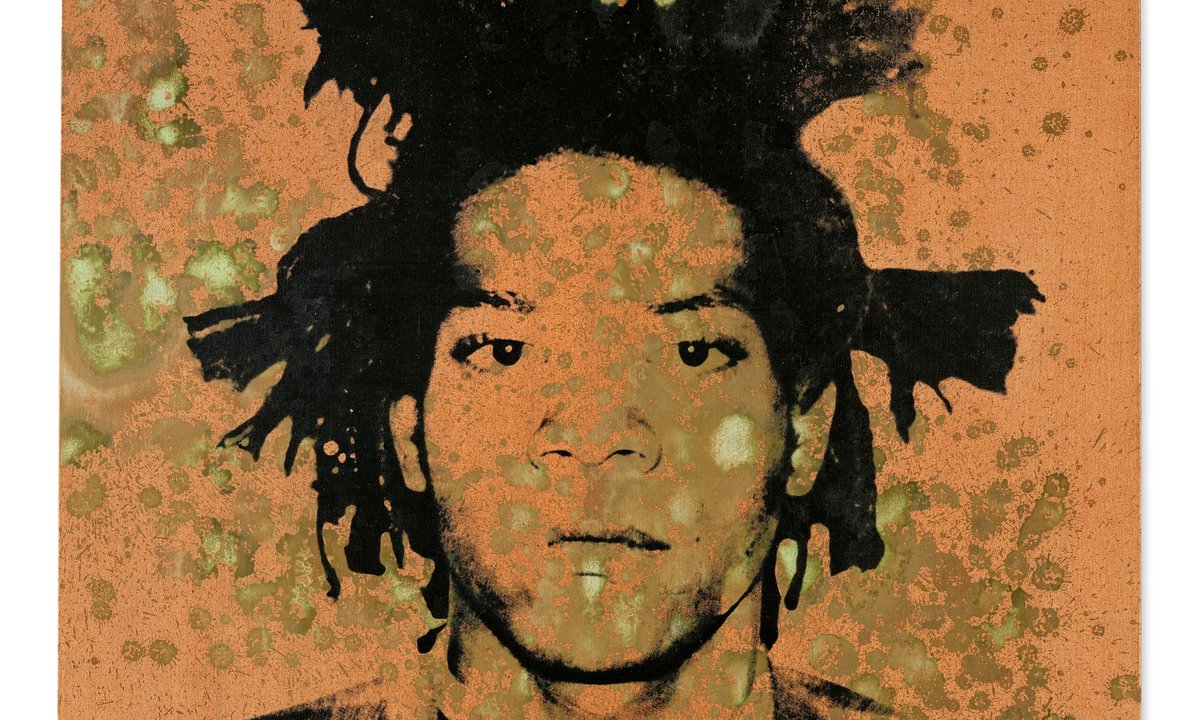Andy Warhol’s Early Career and Commercial Art
Studying commercial art at the Carnegie Institute, Warhol began his career as a fashion illustrator in New York in the 1950s. By the 1960s, and following on from his successful career, Warhol began to build a reputation as a fine artist across an array of mediums: paintings, screenprints, and films that were among the earliest examples of American Pop art. Emerging as a reaction to the contemporary art of the time, Pop Art sought to highlight and critique the consumer culture that was rapidly becoming prevalent in everyday American life. Old myths gave way to new gods brought home by the birth of mass communication as the television and radio beamed the new world into the picket fenced houses with the neat and orderly lawns ran by doting housewives.
Warhol’s Early Inspirations and Hand-Painted Works
Warhol hand-painted his earliest paintings and was inspired by the cultural and visual vernacular of the time. From newspaper advertisements, airline tickets and flowers to tabloid photographs of stars, Warhol drew from the seemingly mundane finding an inherent beauty in innocuous objects that populated his world. Fascinated by advances in reproduction and mechanisation Warhol was drawn to the mechanical processes that printmaking afforded. Intrigued by the concept that the human hand could be removed from the process of making art, Warhol was best known for his photographic silkscreen printing. There are two methods of photo screen printing. In the direct method the photo-sensitive film or liquid emulsion is applied to the screen, allowed to dry, and then exposed to the artwork (film positive) with the proper light source. With the indirect method, the photo-sensitive film is exposed to the artwork first, developed in developing solution or water (depending on the film) and then applied to the screen while it is still wet.

Curator Henry Geldzahler said, ‘Warhol’s technical contribution to the fine arts lies in his legitimisation of the commercial silkscreen, a process which contributed an authentic ‘newness’ to the history of picture making.’
The Blotted Line Technique
Warhol began his exploration of printmaking by using a technique known as the ‘blotted line' technique that he developed whilst working as an illustrator. Warhol would begin by drawing on a page in either ink or watercolour before covering the wet material with another sheet of paper and duplicating the image. Whilst not an exact copy, Warhol was interested in the small variations that came into play and combined this technique with lithographs and watercolours. 
It wasn’t until the 50s that Warhol discovered silkscreen printing (through artist Max Cohn) which was commonly used in commercial packaging and advertising at the time. Warhol described his process as, “With silkscreening you pick a photograph, blow it up, transfer it in glue onto silk, and then roll ink across it so the ink goes through the silk but not through the glue. That way you get the same image, slightly different each time. It all sounds so simple – quick and chancy. I was thrilled with it.” To begin, Warhol would print directly onto the canvas before, in 1966, he announced his retirement from painting to focus on his printed editions. As Warhol became more accustomed to the process he began introducing new materials and techniques. One of his most famous techniques was to use diamond dust on the surface of the work which represented the fascination of the American public with celebrity, wealth and fame and fortune.

Warhol’s earlier prints represented a move to hide the hand of the artist and a focus on mechanisation. The slight differences and imperfections from the print process (if the guide didn’t line up ‘correctly’ for example) was seen by the artist as part of the process. Warhol began to draw onto the original photographs (famously Mao) and his wonderful endangered species which saw a looser style develop when compared to his more regimented, mask like Marilyn stye prints.
As modern machinery and reproduction methods became more mainstream, Warhol was drawn to these innovations which would further play into his desire to make art an industrial process more so than just a creative one. A precursor to the photocopier, the photostat machine was an early projection photocopier that Warhol discovered at New York’s School of Visual Arts. Pushing the concept of an original and a copy, Warhol famously took this idea forward in 1973 when he used the latter iteration, the Xerox machine, which resulted in 300 copies of his traced drawing of Chairman Mao.

As we see throughout Warhol’s career, the finish to his prints was of great interest to the artist. Said to be inspired by Jackson Pollock’s drip paintings, in 1977 Warhol began a new series known as the Oxidation series, Searching for a new approach and new inspiration to reassert his vanguard status, he began working on a new series of closely related works: the Oxidation, Piss and Cum paintings, in 1977 and 1978. The paintings directly follow, and partially overlap, his Torso and Sex Parts paintings, which he made from 1976 to early 1978. Warhol used some of the participants from the Torso and Sex Parts paintings for this new series as well – the participants offering up their urine and semen. The Oxidation paintings were made by urinating and pouring or dripping urine onto canvases prepared with either copper or gold-coloured paint; the Piss paintings were made by urinating and pouring or dripping urine onto primed canvases; and the Cum paintings were made with ejaculated semen, poured or dripped onto primed canvases. Through using avant garde techniques, Warhol was able to create striking abstract compositions that certainly pushed the boundaries of print making - a technique that in the words of American art critic Rosalind Krauss, “For Warhol, the Oxidation Paintings were simply once again motifs that connected high and low culture— action painting and the world of the baths and their golden showers—along the vector of notoriety or ‘fame.”

Whilst best known for this pop art period that can be loosely defined from the the Campbell Soup Cans and ended when shot by Valerie Solanas in 1968, Warhol’s creative output and desire to implement mechanical processes within his art saw him take printmaking in new directions. Reflecting his desire to remove the artist, his work has led him to be considered one of the American greats. For more information about our Andy Warhol original prints for sale, contact Andipa Editions via sales@andipa.com or call +44(0)20 7589 2371.
As Warholl innovated printmaking over the decades, so did his style change. Read more about how to tell if a Warhol print is real or not in our recent article.
